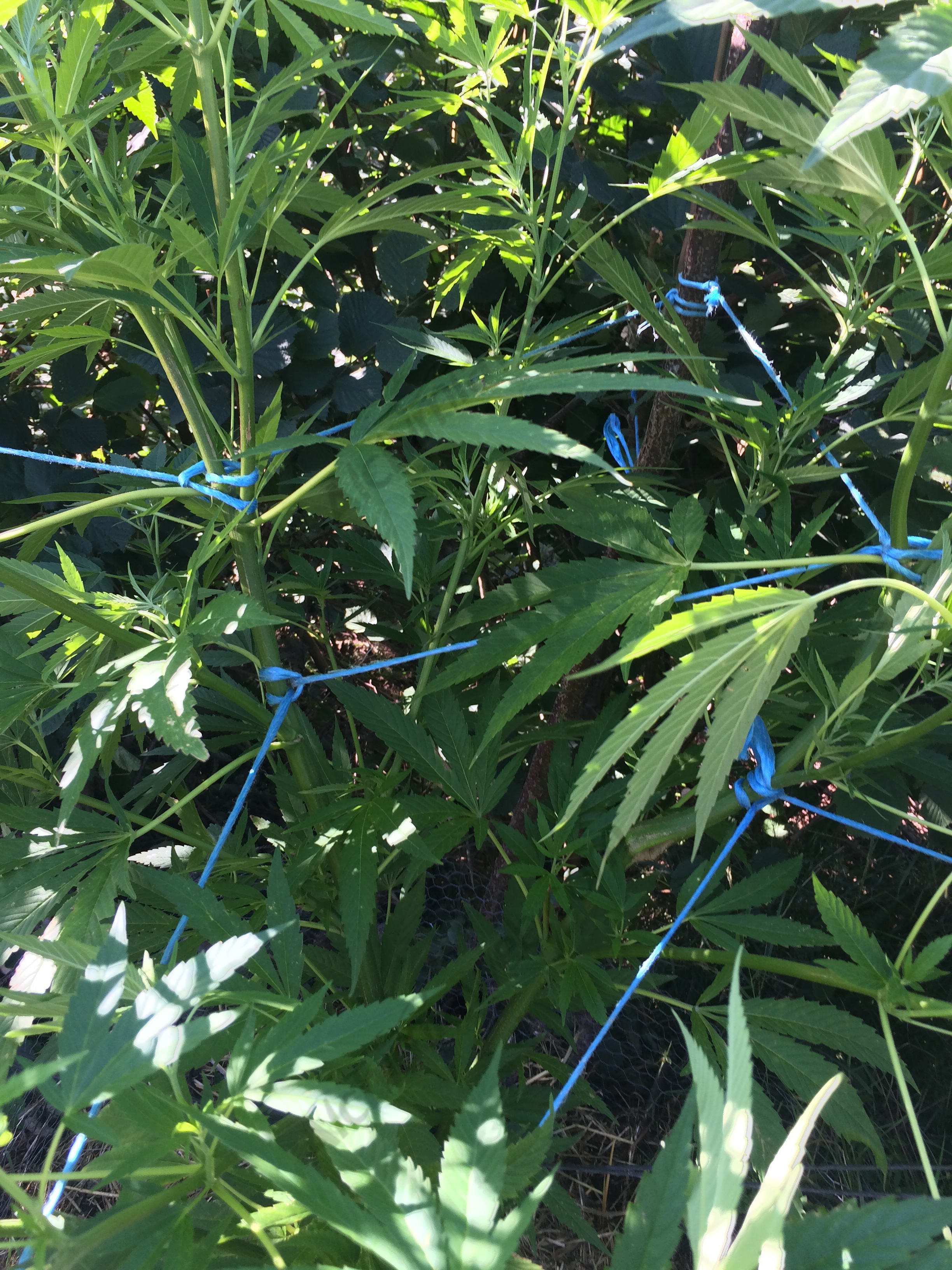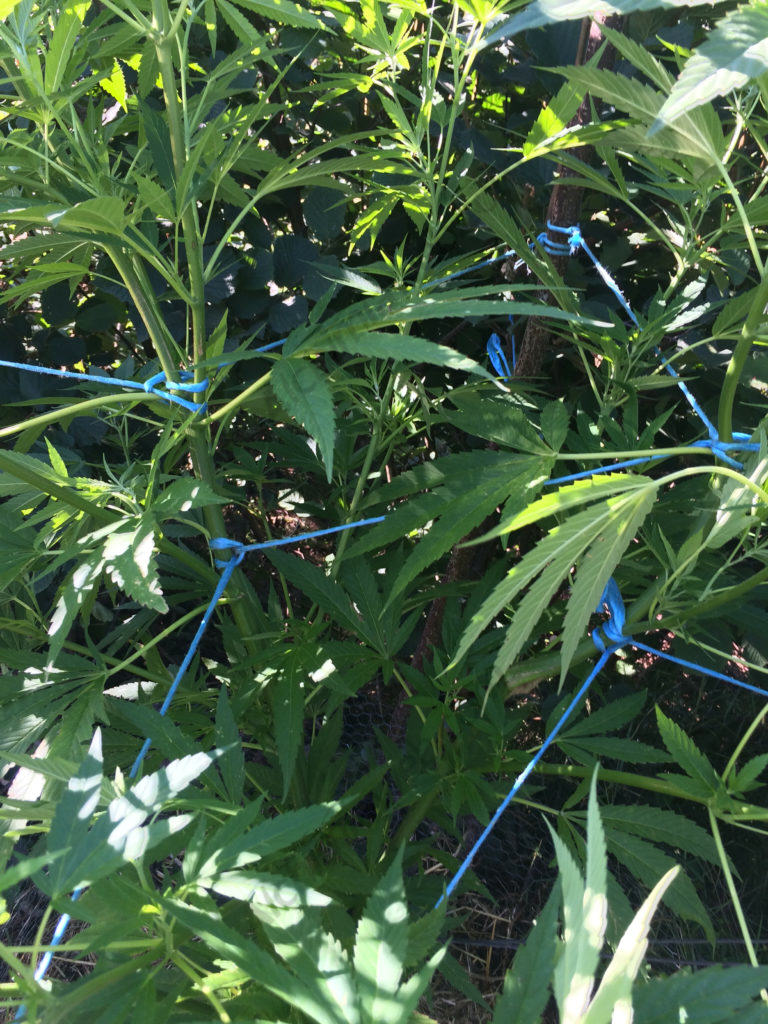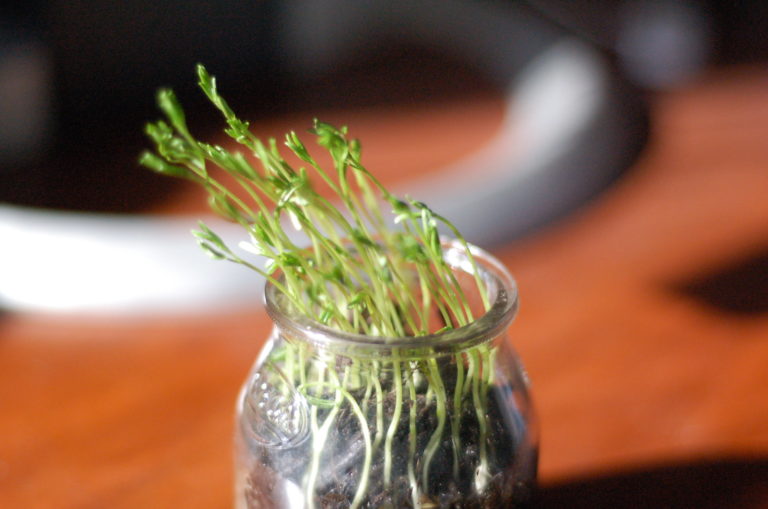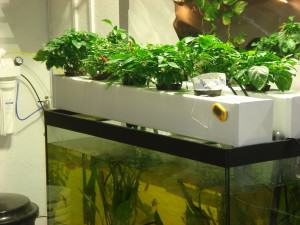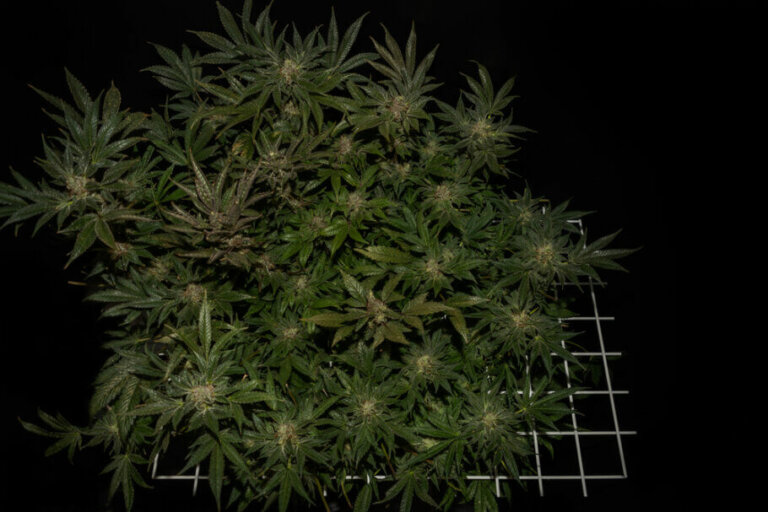Cannabis cultivation and supercropping
List of contents
Nowadays, thanks to the legalisation of cannabis in many countries - which has allowed the large-scale production of both CBD and THC - high-yield cultivation techniques are becoming more and more common, even in bigger cultivation spaces where it can take several days of work to apply them. Whether you are a home-grower who wants to supply your own stash or a professional grower in charge of a production company, everyone wants to see their plants give the highest possible yields.
Today we are going to introduce you to a technique with which, on the one hand, we can "tame" the plant in terms of height and shape, while on the other hand, we can significantly increase the final yield of the branches where we apply it. We are talking about Supercropping, a method of influencing the growth pattern and structure of the plants and boosting their performance when it comes to developing huge and heavy flowers.
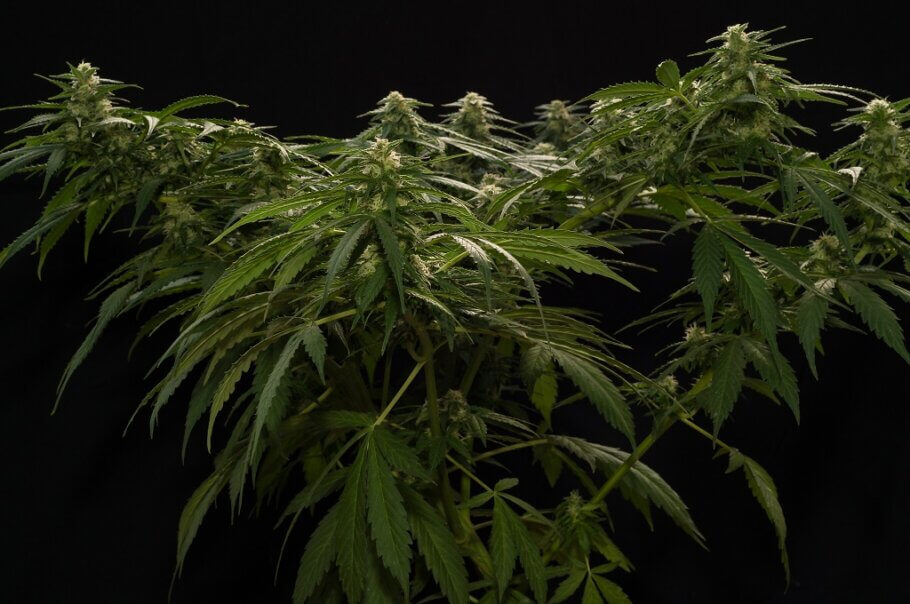
What is Supercropping?
Unlike other low-stress techniques such as LST or SCROG, to name just a couple of examples, there are other techniques that are more aggressive with the plant - high stress - and aimed at both shaping it and boosting its final yield in the flowering phase. This second case is the one we are dealing with today, with a method that will help us both to guide the growth of the branches while we tame the plant a little in height while at the same time achieving a higher yield than if we didn't use it, and to do this we only need our hands and a little patience!
Effectively, as we will see in detail later, supercropping consists of pinching the stem or a branch, in the area between the nodes, so that we can bend it at an angle of 90º or more. After a few days, the tip of the branch will resume its vertical growth, and in the area where we pinched and bent the branch, a hard, swollen callus will grow which will strengthen this area, ultimately increasing the flow of nutrients and thus the flower production of this particular branch.
LST - Low Stress Training for cannabis plants
In this helpful and practical article we'll look at some simple, non-destructive ways to manage plant height and at the same time optimise light penetration and maximise the homegrown harvests from your cannabis garden, both indoors and in the great outdoors.
Supercropping applied to cannabis cultivation
We have already seen what this technique is all about and why to do it, so we will now focus on the best time to apply it and, of course, the best way to do it while minimising damage to the plant. Before we start, we recommend that you do not apply this method if the plants are unhealthy or have pests or diseases, as this is a high-impact technique that can lead to unwanted results.
When to supercrop cannabis
- In vegetative growth: Normally, and unless we have already had plenty of practice, we usually leave the application of this technique until a few days before the plant starts its flowering period. Supercropping younger plants can be harmful because their stems may not be sufficiently developed yet, so it is better to wait a few weeks until they have gained consistency. Before flowering, it is usually practical to homogenise the canopy so that there are no tips sticking out from the others, and at the same time, the structure of the plant is strengthened to better support the weight of the flowers during the next phase of the plant's life.
- In pre-flowering: In the same way that we did in growth, we can apply this technique during pre-flowering (first 2-3 weeks of flowering) to the tips of the tallest branches, thus avoiding them shading the flowers around them. Moreover, in this way, we will be "preparing" the callus that will appear in the bending area and which will allow us to achieve a higher yield in each of the branches where we apply supercropping. Another technique widely used during this stage is simply to pinch the stems but without bending the branches (this can be done, for example, with the branches that do not protrude above the rest), so as to contain the stretching typical of this phase; to do this pinch the area of the branch between the nodes every 2-3 days. A light squeeze with the fingertips will be enough. After a few days, you will notice how the stems are much harder in the areas where you have pinched them, strengthening the branches to be able to support the weight of the buds that will soon cover them.
- In flowering: If we have been applying the technique correctly up till the start of flowering, it will probably not be necessary to apply it much more during the rest of the life cycle. In any case, it can always be applied again, but this time, basically to homogenise the height of the canopy and to ensure that the light emitted by the grow lamp is used to the maximum.
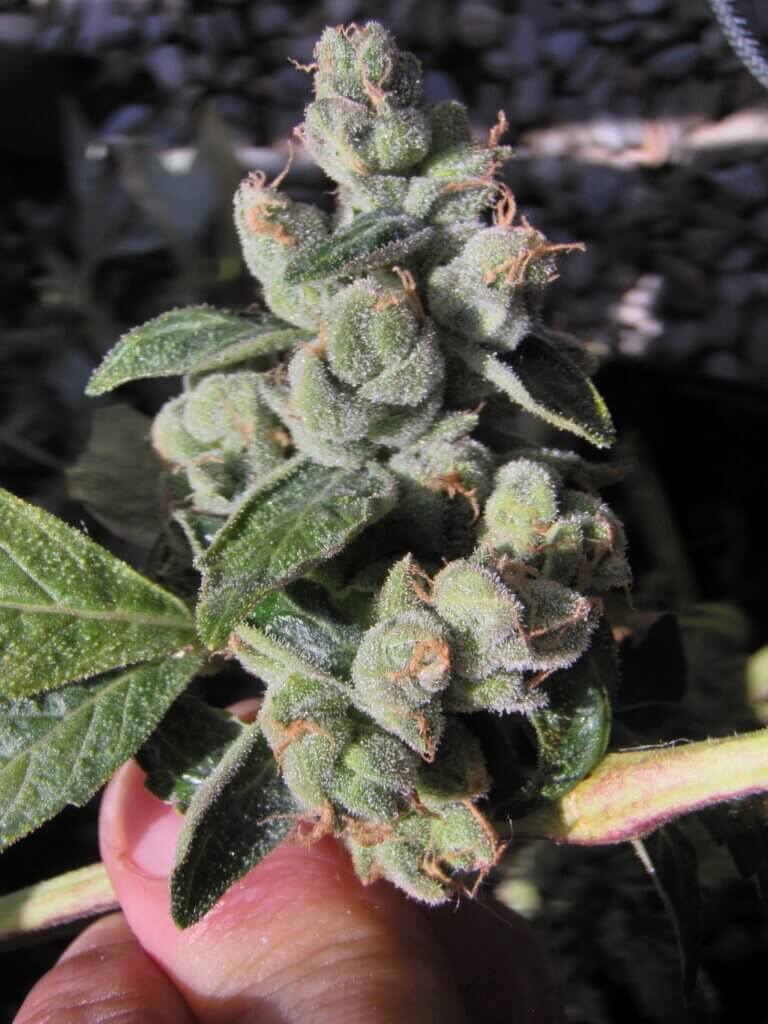
Before supercropping
As you have already seen, it's very simple to apply this technique, as we only need our fingers to pinch and bend the branches. However, to ensure success, there are several things to bear in mind before starting:
Hygiene: Since we are going to handle the plants and cause them slight damage, it is important we don't forget to have our hands completely disinfected before starting or, better still, to wear latex or nitrile gloves during the operation.
Condition of the plants: As we have already mentioned, it is best to only use this technique on plants that are healthy and free of pests or problems of any kind. Likewise, it is advisable to do it a few hours after watering to ensure that the plant is not dehydrated at the time of starting.
Branch breakage: Supercropping may take a few trials before you master the technique, so don't worry if you break a branch instead of just bending it at first. It's happened to all of us! Just use a bit of tape to "splint" the branch and it should be healed in a few days.
Application with other techniques: Of course, we can combine the benefits of supercropping with other techniques or growing methods such as Low-Stress Training or Main-Lining, even with SCROG to pass the branches under the netting. Either way, if applied correctly, the results are truly amazing, significantly increasing the crop yield per square metre.
Supercropping outdoors: As you may have guessed, there is no problem whatsoever in applying this technique to outdoor or greenhouse crops. On the contrary, it can be especially beneficial, perhaps not so much to equalise heights between plants (something much more important indoors) but to improve the structure of the plant and increase the robustness of its branches and stems. Try to do this when you know that rain is not approaching to avoid fungal attacks on the damaged plant tissue, and if possible when the wind is not blowing strongly, which can help to break a branch (or dehydrate it if we have been too aggressive).
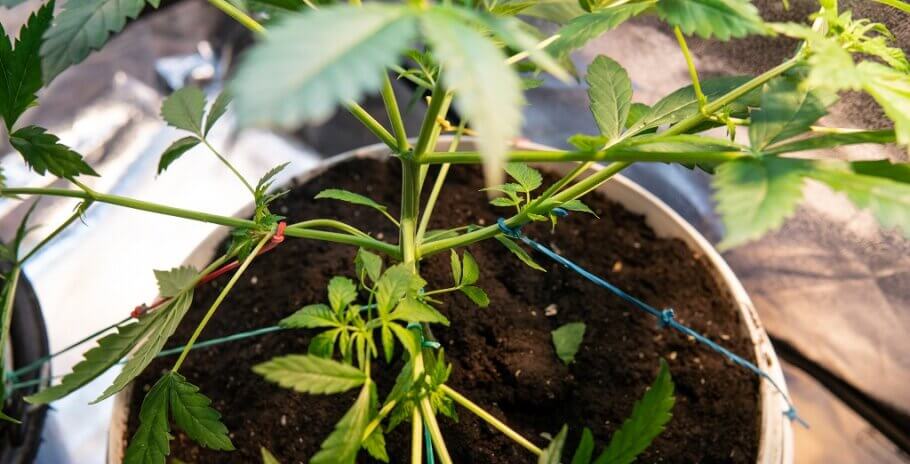
How to supercrop cannabis
To apply supercropping to a cannabis plant we only need to take into account the points mentioned above and choose the branch(es) to which we will apply the technique. Once you have chosen the branch and the best place to pinch the stem, just between two nodes, press it gently with your fingertips, taking care not to use your fingernails (on many occasions you may even hear a slight crunch when doing so). Once you have pressed lightly, carefully bend the stem in the direction you want it to grow.
After a few days, we will see notice the callus beginning to form in the area where we have the supercropping was performed, while the tip of the branch that we have bent will return to normal vertical growth. This technique can be applied to the same branch more than once, although normally by choosing a new place to do it (usually on younger parts of the stem than where it was done the first time). Once the branch has been bent, it can be fixed with ties or cord to shape the structure of the plant, as we would do when doing Main-Lining or LST, or simply left bent waiting to resume vertical growth.
As we have seen, supercropping is a technique that, although it requires some practice, once mastered is very easy to apply to your plants and gives excellent results, with a final harvest significantly higher than if we do not use it. Don't hesitate to leave us your questions and comments on this interesting method, we'll be happy to answer them.
Happy growing!

















































